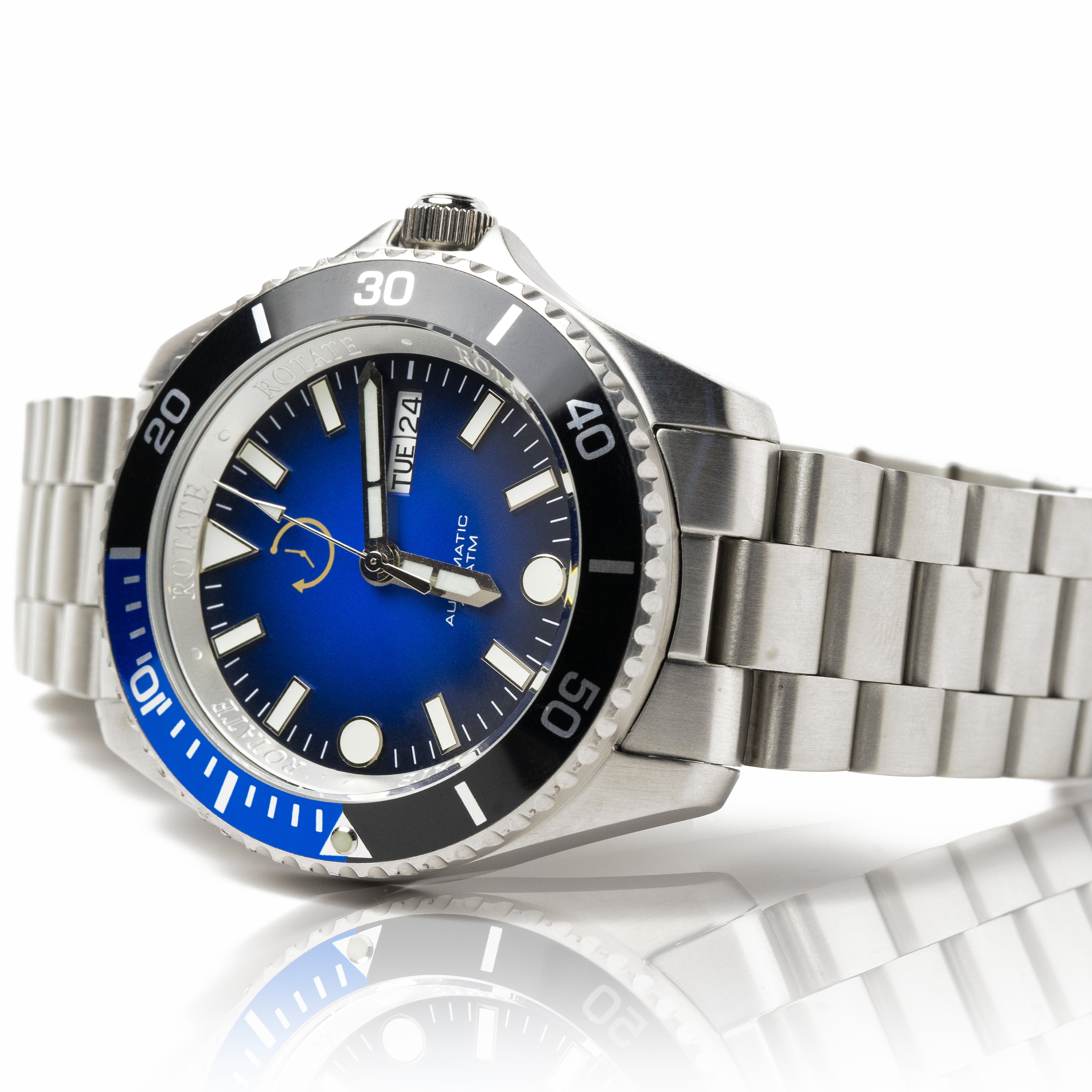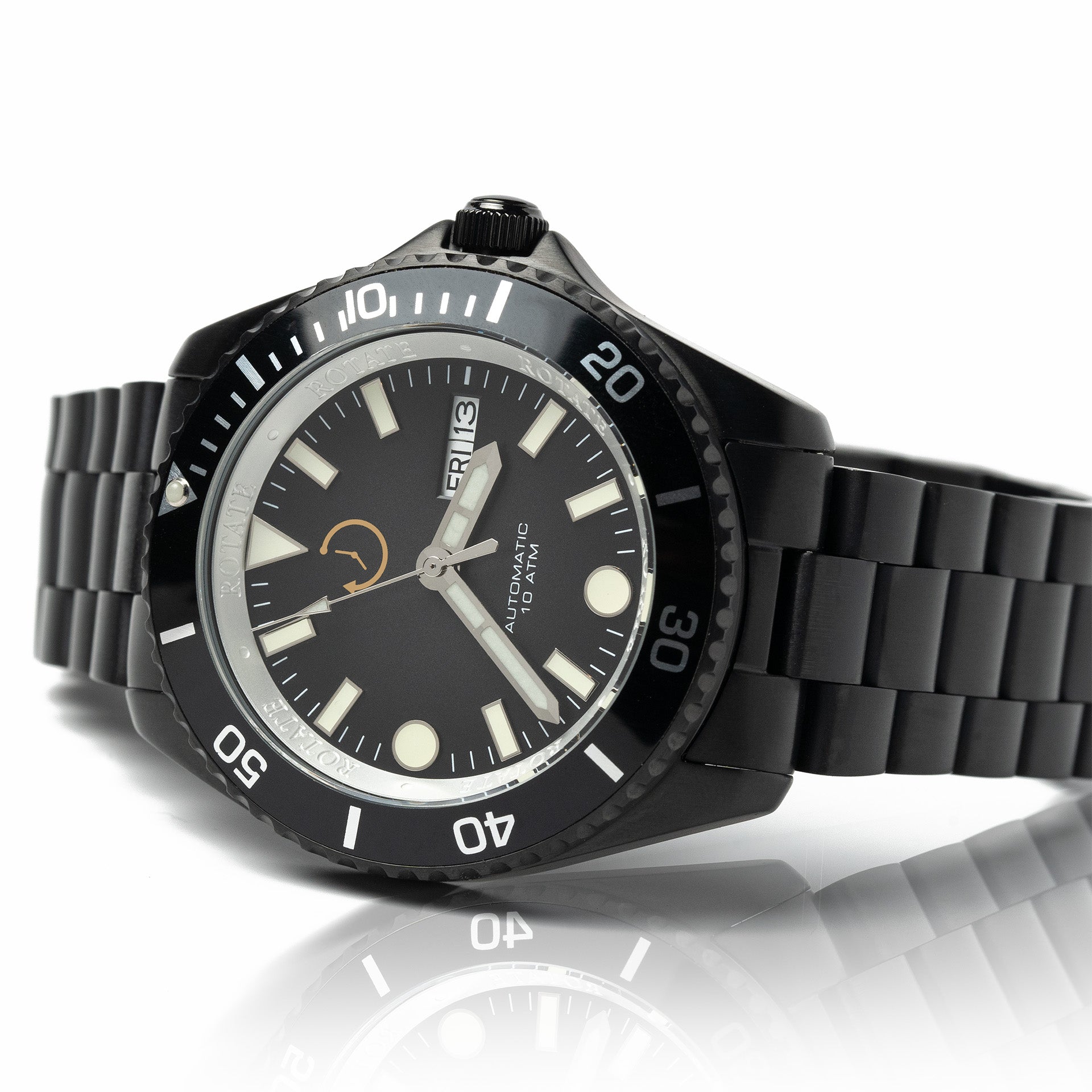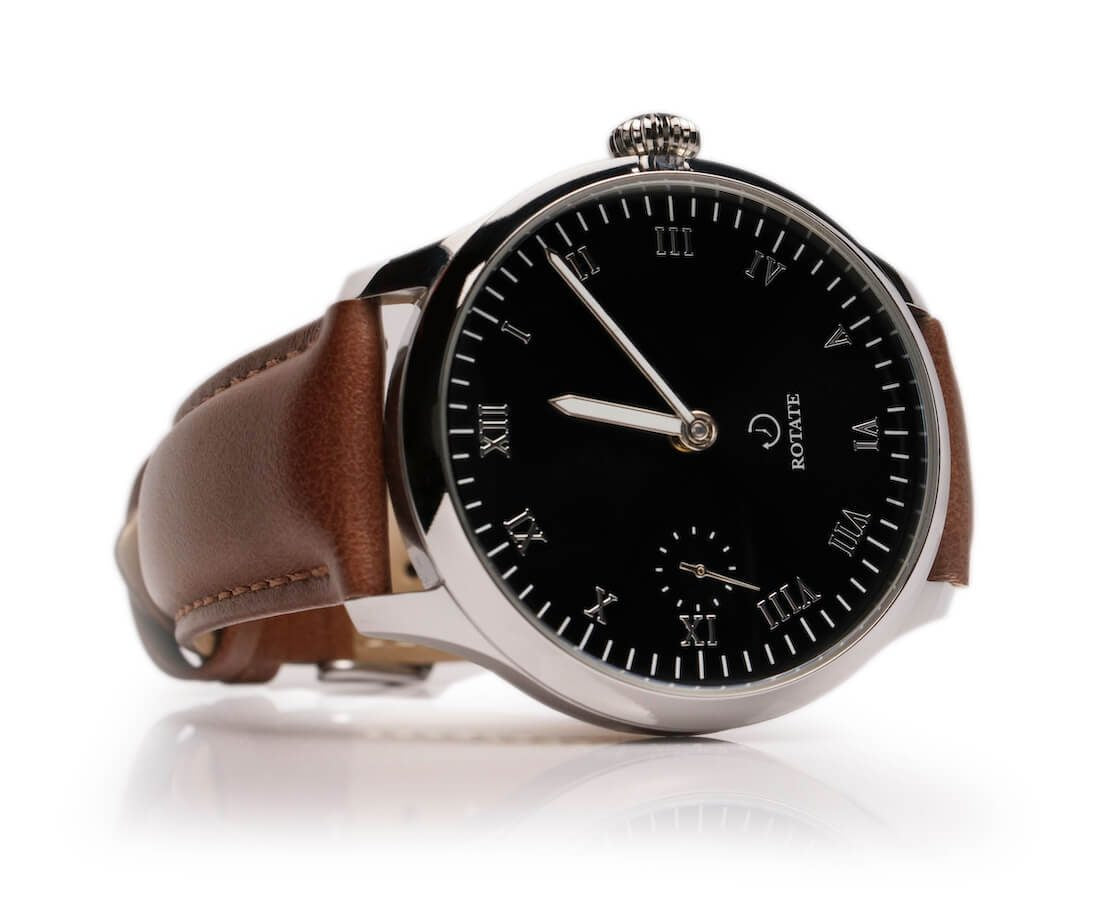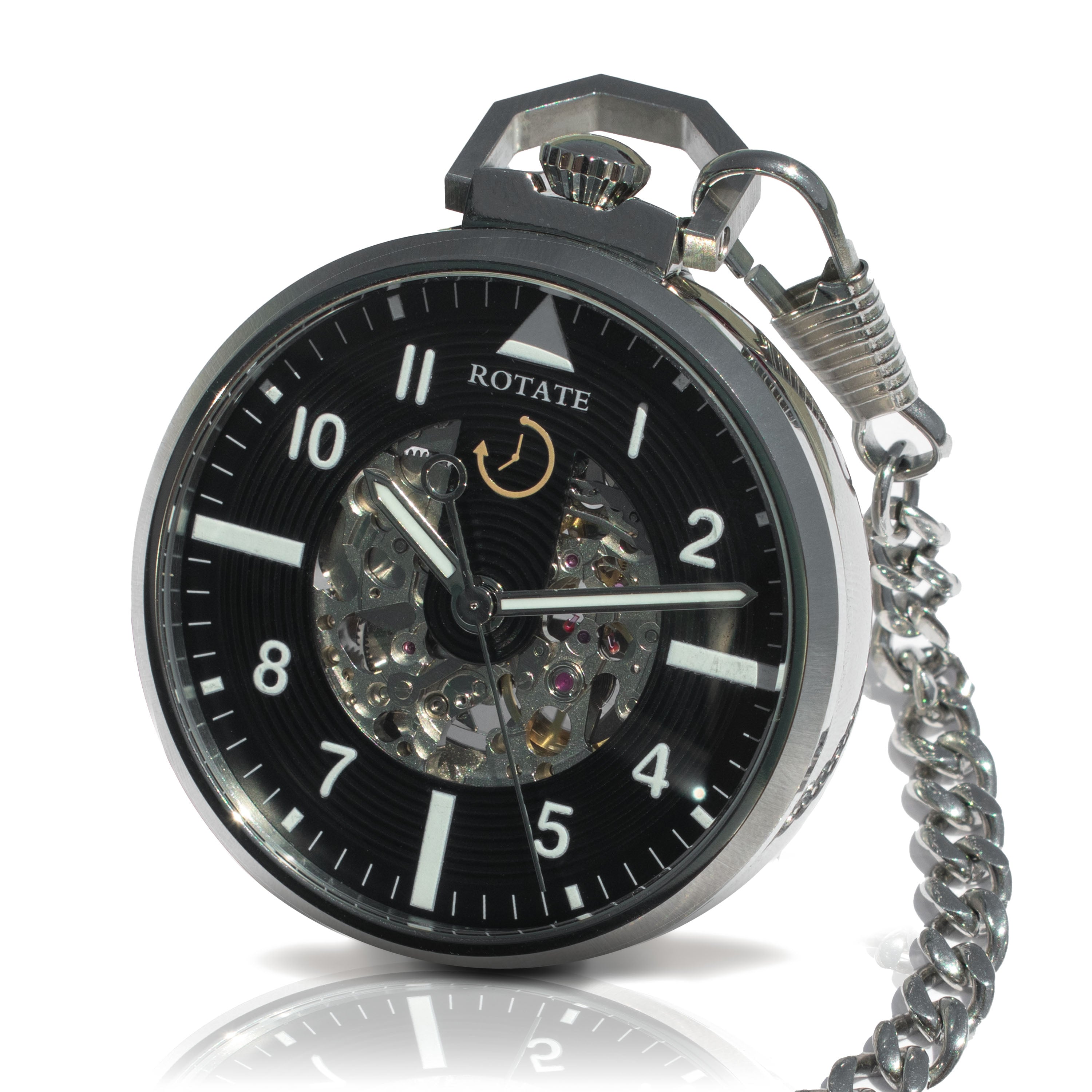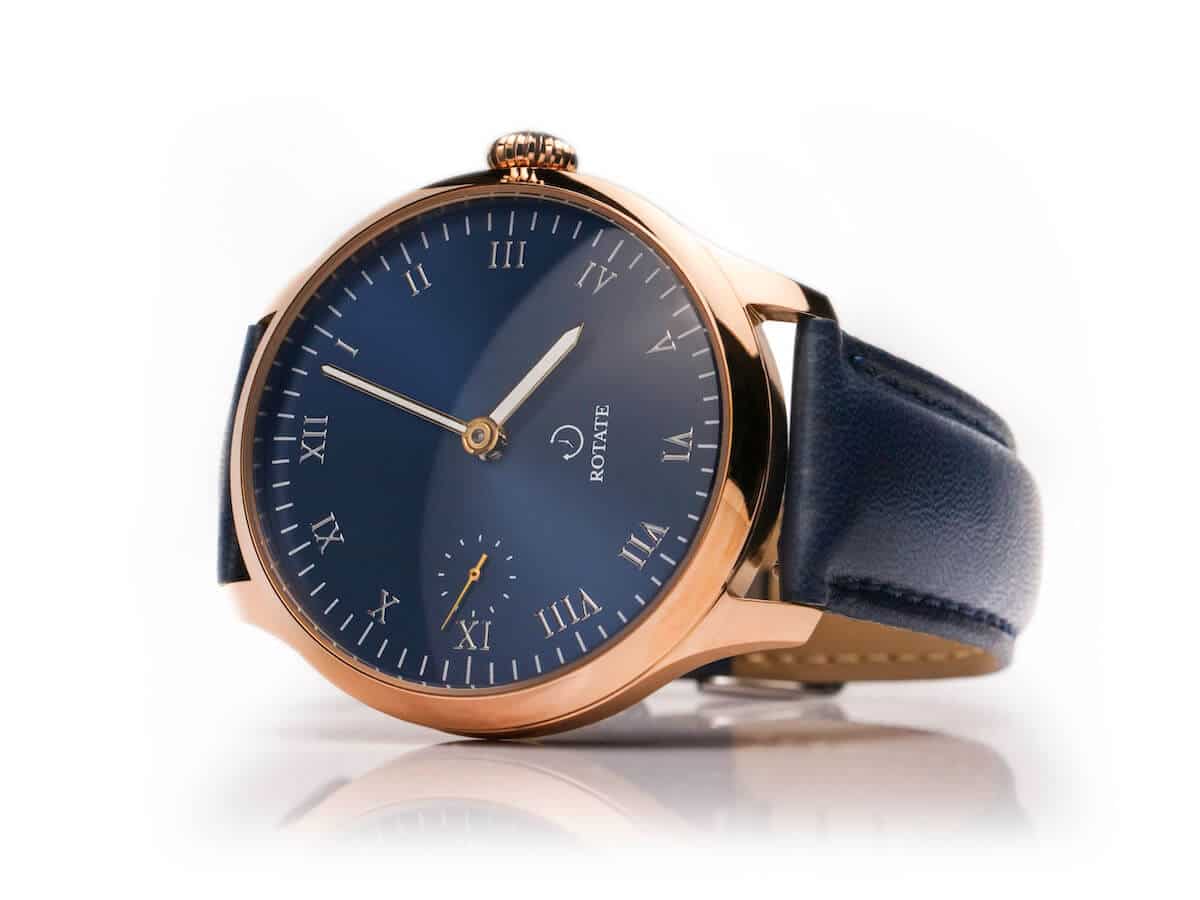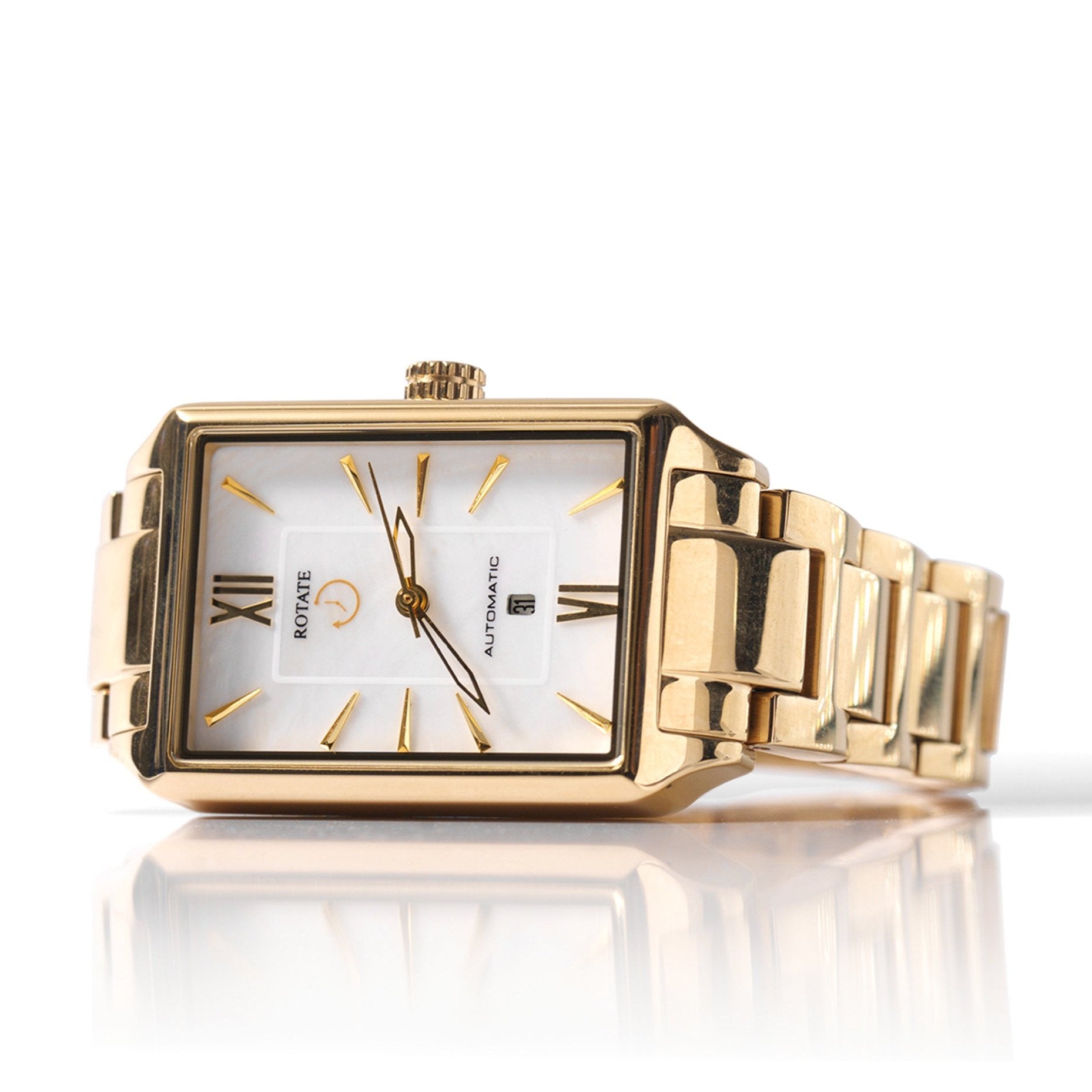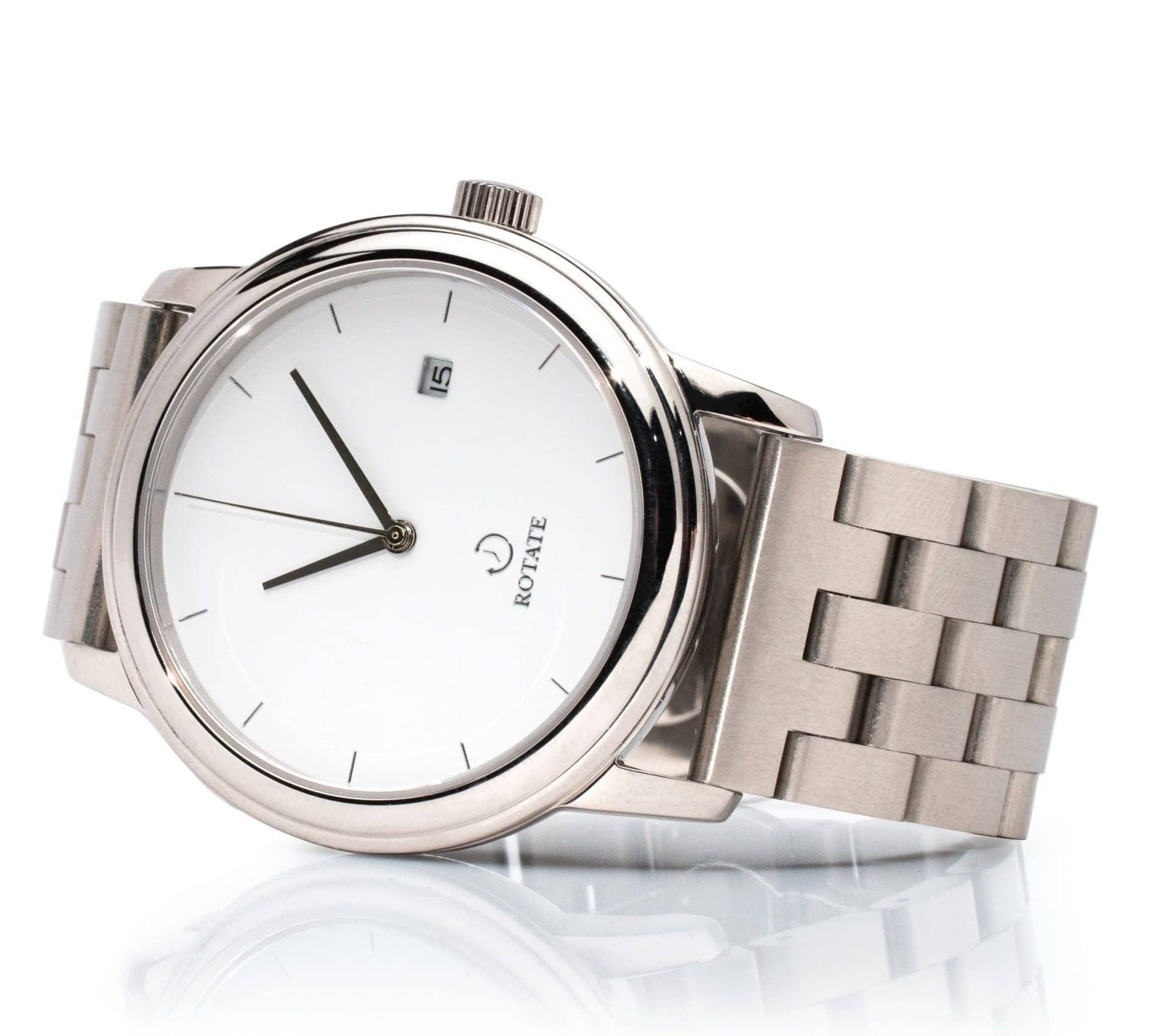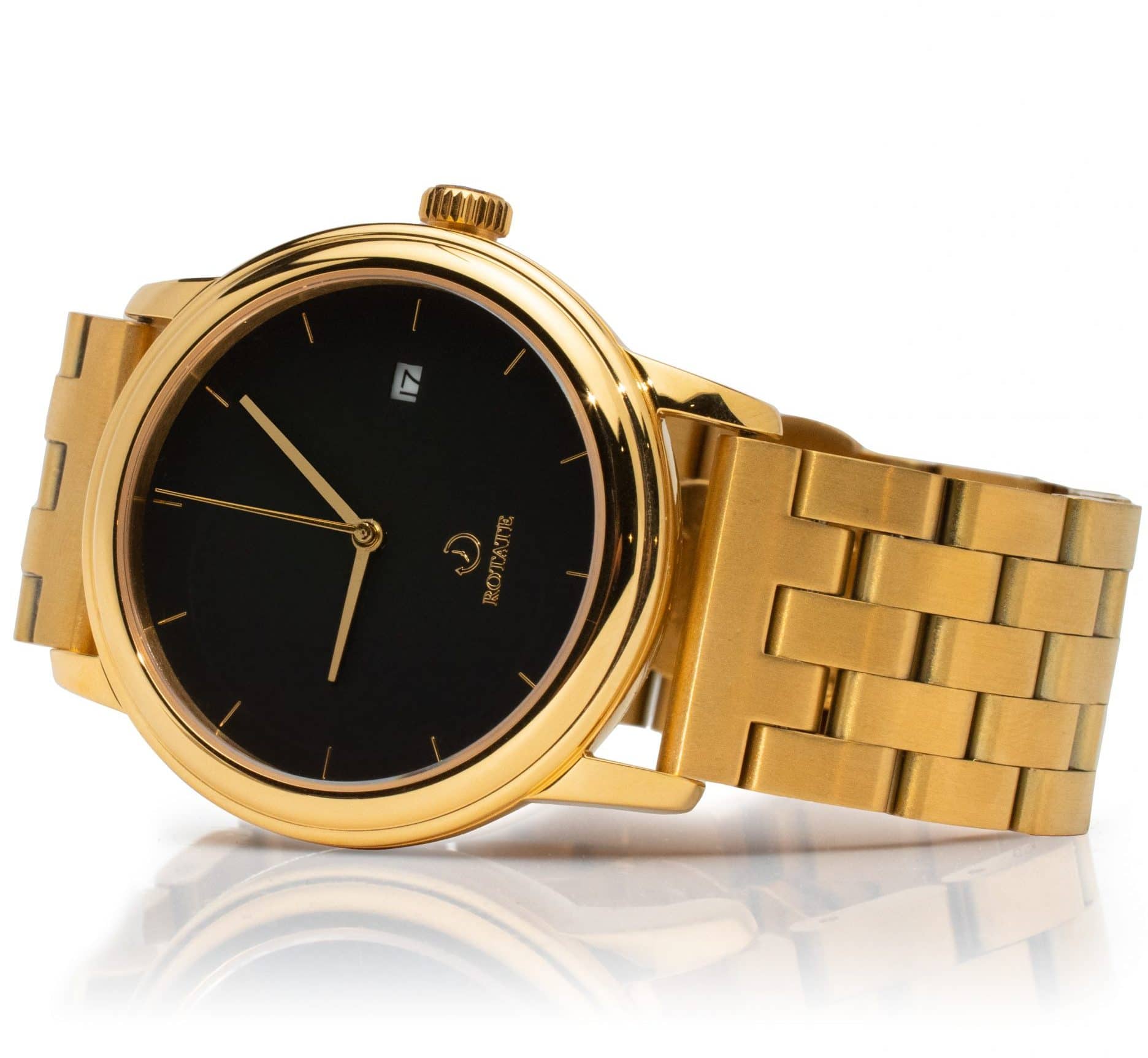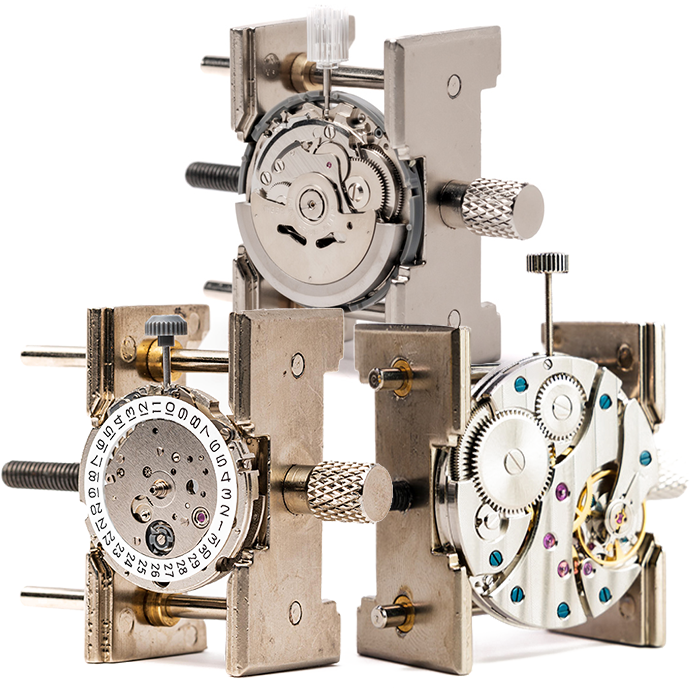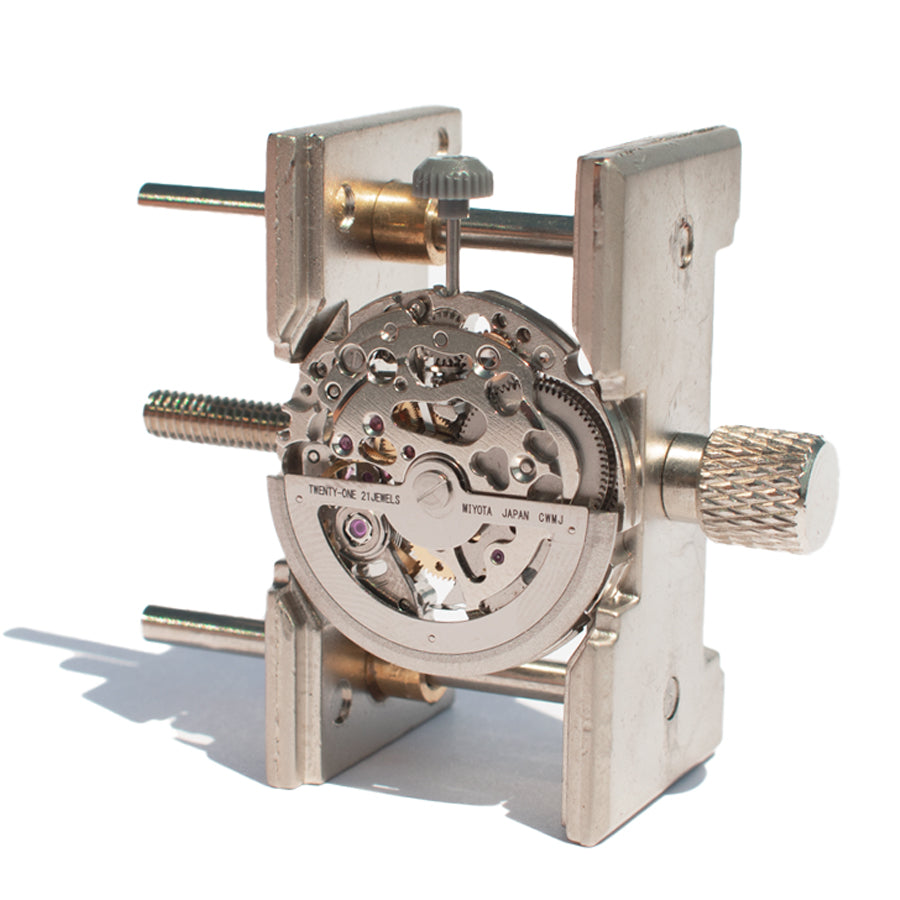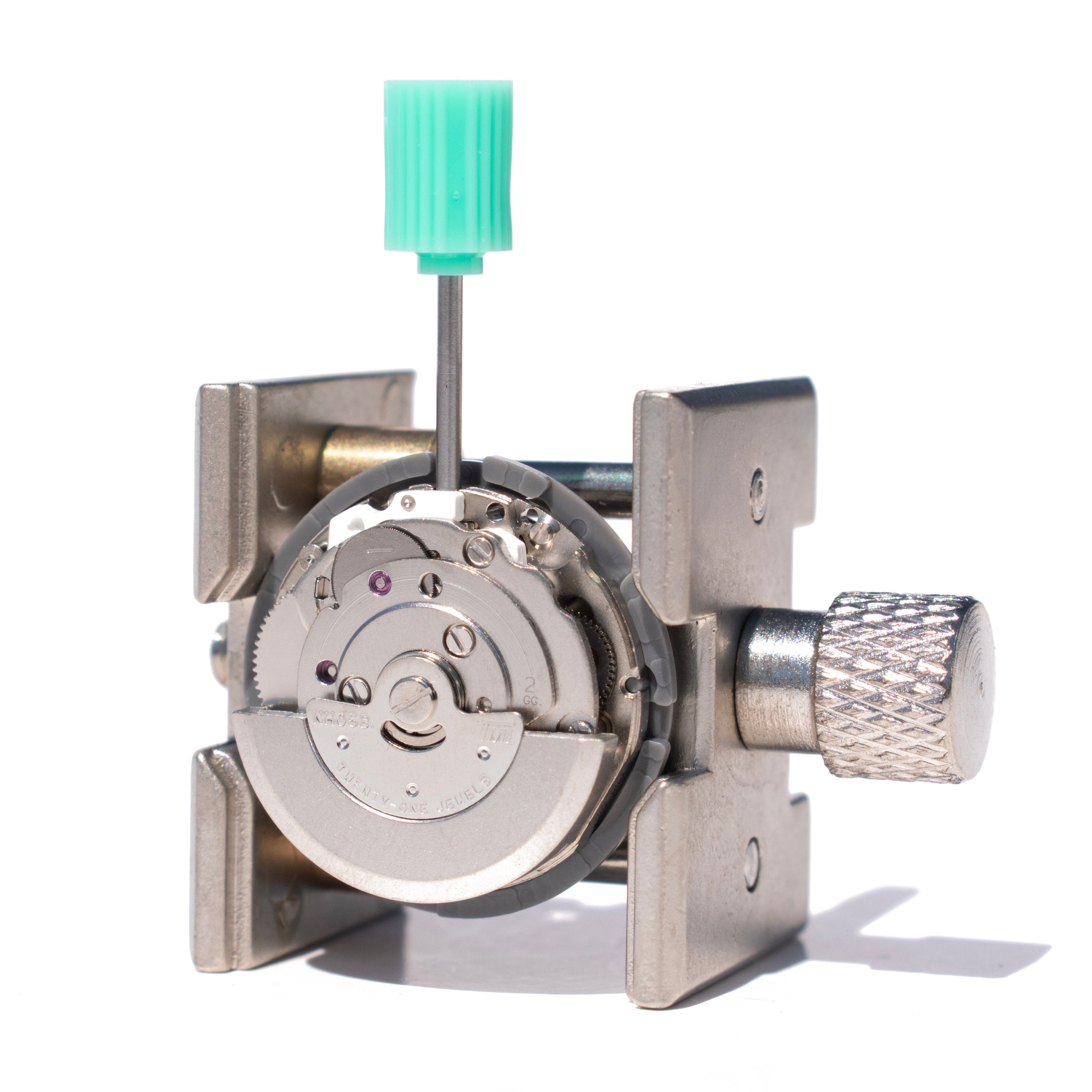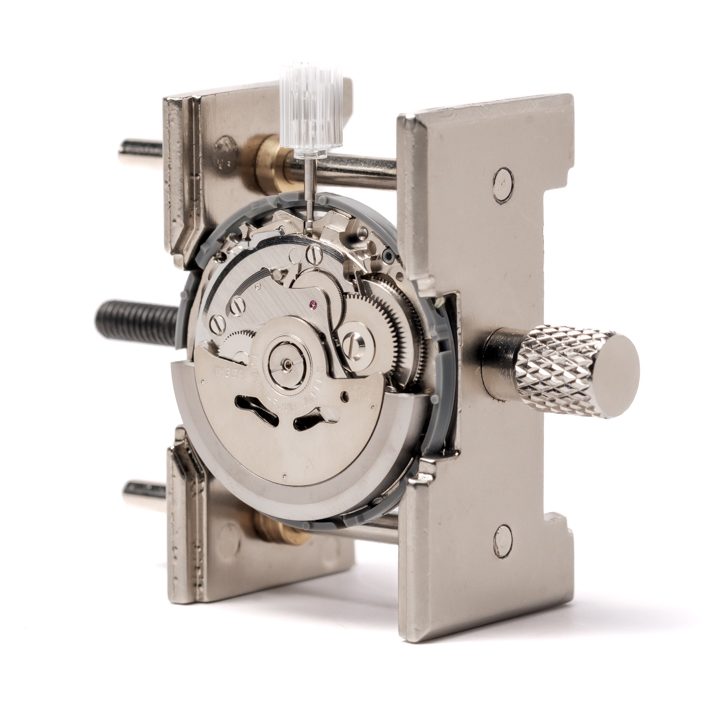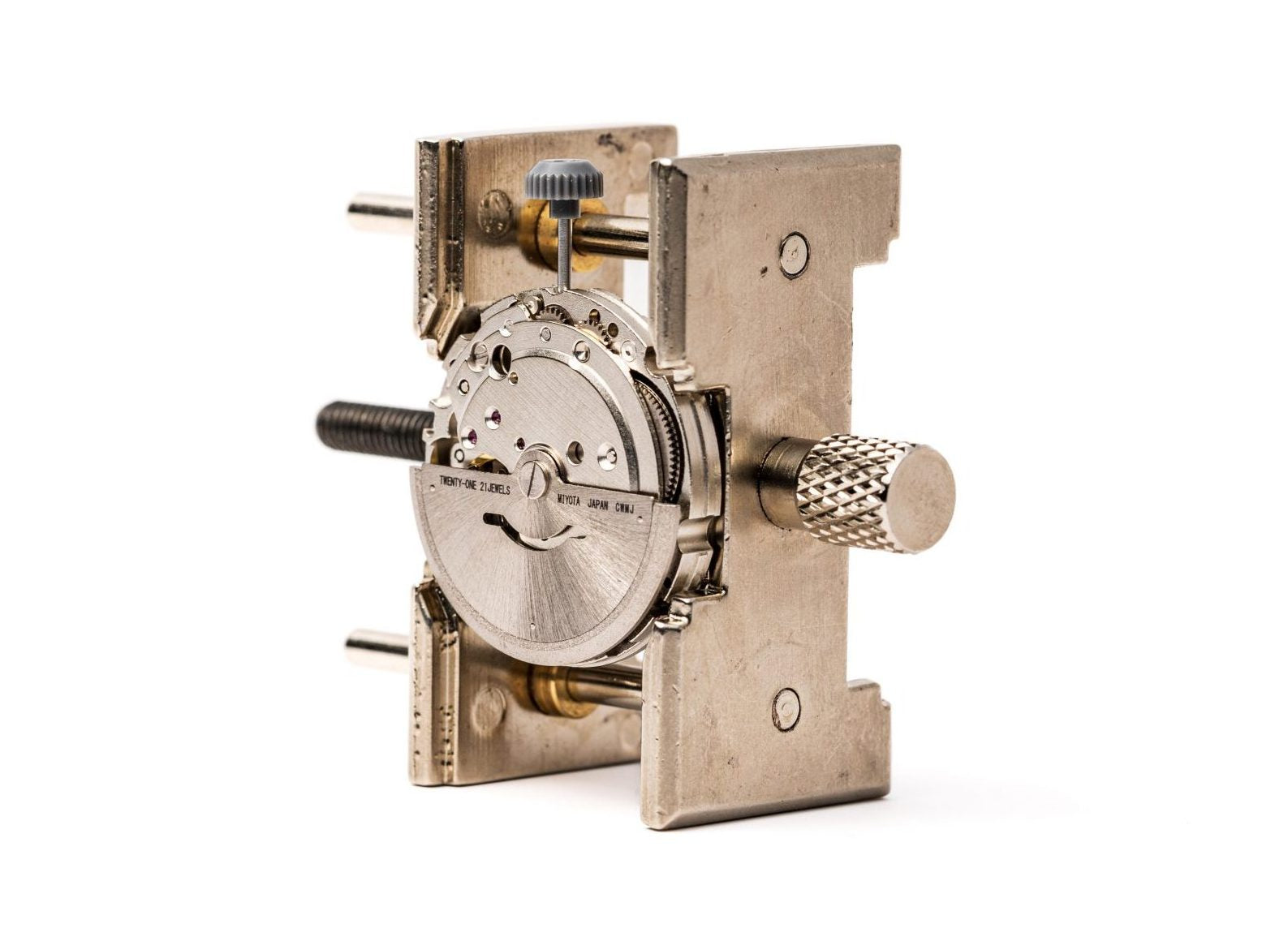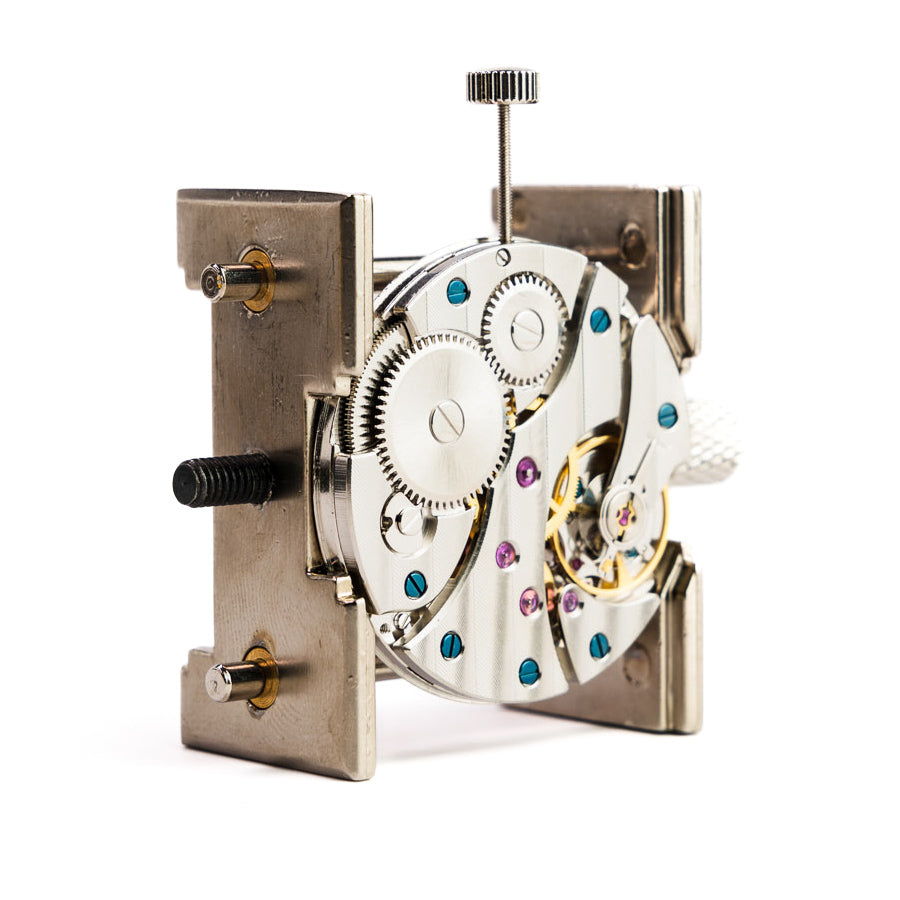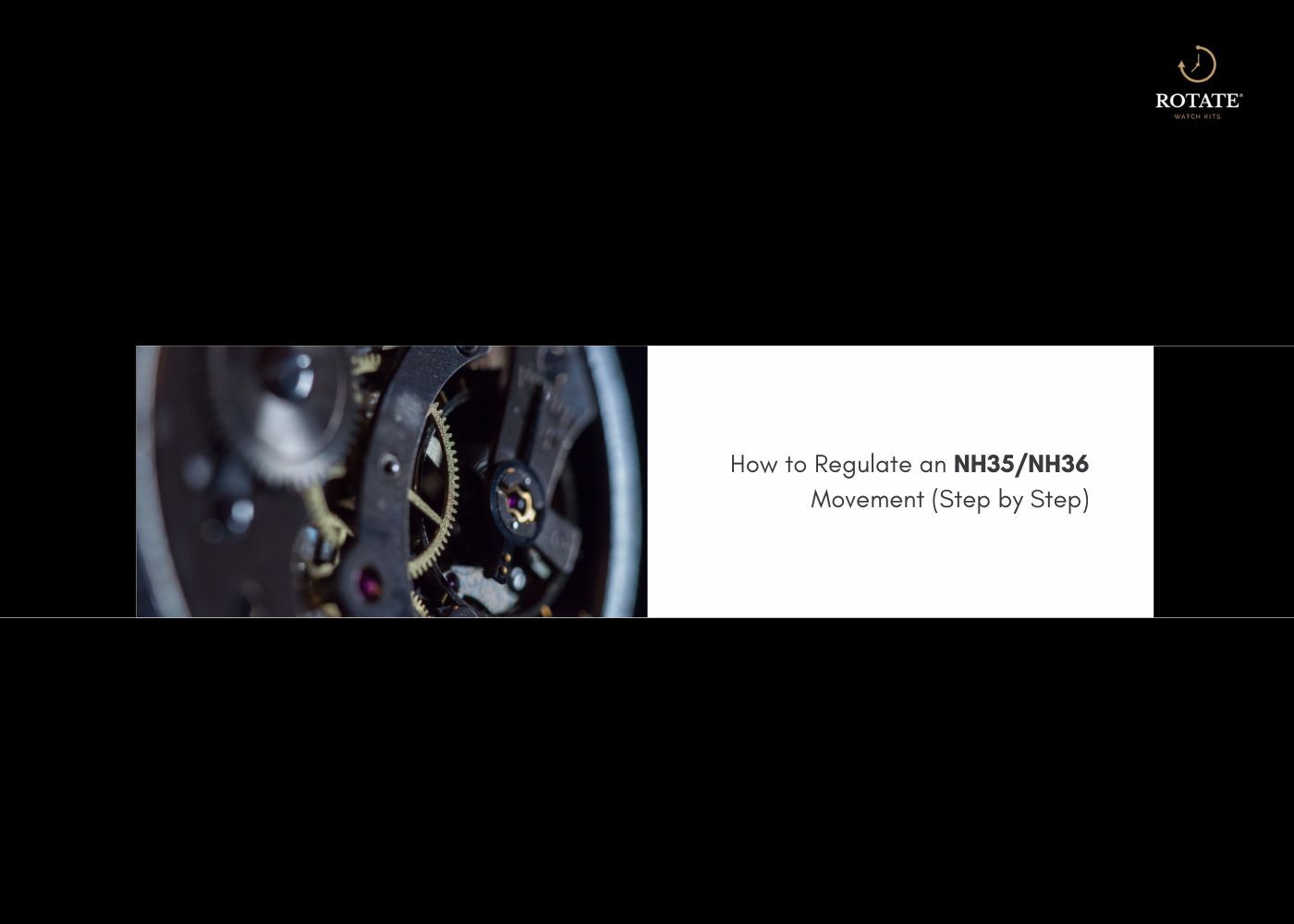
How To Fix Mechanical Watch Lagging Behind?
Key Takeaways
- Fully wind first, then check hands and date clearances to rule out drag.
- Test in two positions for 6 hours each to isolate rate issues before adjusting.
- Nudge the regulator toward "+" in tiny steps, then re-test for 24 hours.
- Aim for gradual improvements within typical daily tolerances.
- Build confidence with practice kits and keep power consistent with good habits.
Why A Slow Rate Happens And How To Fix Mechanical Watch Lagging Behind
A slow rate usually traces to one of three things.
-
Power at the mainspring is low.
-
Hands or calendar parts add drag.
-
Regulation sits a touch on the "slow" side.
Start with power and friction checks before touching the regulator. Rotate's step-by-step guide to winding and setting supports the same order of operations.
Helpful background on what "normal" looks like lives here: how accurate are mechanical watches and how accurate is an automatic watch. Use those as guardrails while you iterate.
Quick Checks Before Any Adjustment To Fix A Slow Mechanical Watch
1) Give It Full Power
Wind off the wrist to protect the stem tube, then turn the crown until resistance builds. For automatics, add a healthy set of turns to top up the reserve. Typical full-wind counts from Rotate specs: NH36 around 55 turns, Miyota 8215 around 40 turns, ST3600 around 35 half-turns.
2) Check Hand And Dial Clearances
Stop the seconds at 12. Roll the minute hand past each index. Make sure the hands do not kiss each other or the crystal. If they do, reseat the offending hand slightly higher or flatter. A gentle reset often removes drag that causes a slow rate.
3) Verify Clean Date Action
If your watch has day or date, move the time past midnight and back to confirm smooth changeover. Set the date using the correct crown position, then push and secure the crown.
4) Wear Or Wind For Stability
If the watch sat unused, wear it for the day or keep it powered in a winder to maintain a stable reserve while testing. Rotate's winder alternates directions with rests to mimic real wear.
Related Reads:
Step By Step: Make A Mechanical Watch Run Faster With A Tiny Regulation
Tools You Need
Soft work pad, microfiber cloth, case back opener, fine plastic toothpick, non-magnetic tweezers, smartphone or wall clock for reference, nitrile gloves.
-
Open the case back carefullyPlace the watch crystal-down on a soft pad. Use the correct opener for your case type.
-
Locate the regulator indexFind the balance wheel. Identify the small lever with "+" and "−" marks. That is the regulator. Moving toward "+" shortens the active hairspring length and increases rate.
-
Make a very small moveNudge the lever toward "+" a fraction of a millimeter. Less is more. Close the case so dust stays out.
-
Re-sync and testSet the time exactly to a trusted reference. Record drift after 6 and 24 hours in dial-up and crown-down positions. Aim for small, repeatable improvements rather than a single large correction.
-
Iterate once if neededRepeat one more tiny move if the rate is still consistently slow. Stop as soon as you land inside your target window.
Model-specific notes when you have those movements on your bench:
-
Seiko NH36 typical spec window is about −20 to +40 seconds per day, full wind about 55 crown turns.
-
Miyota 8215 typical spec window about −20 to +40 seconds per day, full wind about 40 crown turns.
-
Seagull ST3600 typical spec window about −20 to +40 seconds per day, full wind about 35 half-turns.
Deep dives for tinkerers:
Cheat Sheet To Fix A Lagging Mechanical Watch
|
Symptom |
Likely cause |
2-minute check |
DIY fix |
Minimal tools |
Re-test window |
Helpful reference |
|
Loses time after sitting |
Low power reserve |
Hand-wind to full count, then wear |
Keep topped up for 24 hours or use a winder |
Case opener, cloth, gloves |
24 hours |
|
|
Slow all day, any position |
Regulator set a touch slow |
Compare against reference every 6 hours |
Move regulator a hair toward "+" |
Plastic toothpick, tweezers, gloves |
6 and 24 hours |
|
|
Loses time only when hands overlap |
Hand interference |
Advance minute hand past each index and 12 |
Reseat minute or seconds hand slightly higher |
Hand pusher or gentle reseat, gloves |
24 hours |
|
|
Slow after midnight |
Calendar drag |
Advance past midnight and back |
Reset date correctly, verify clean changeover |
Crown only, gloves |
Overnight |
|
|
Slow on wrist, stable dial-up |
Positional variance |
Log dial-up vs crown-down drift |
Regulate to a compromise that suits your wear |
Plastic toothpick, gloves |
24-48 hours |
|
|
Still slow after two nudges |
Wear or contamination |
Check that wind counts and reserve are correct |
Practice a clean rebuild with a movement kit |
Basic bench tools, gloves |
48-72 hours |
When The Rate Still Lags, Build Skills And Parts Confidence
A persistent slow rate after clean winding and two tiny regulator moves often means the movement needs a deeper refresh. Many enthusiasts choose a practice path that builds skill and restores performance at the same time.
-
Sharpen regulation and assembly on a Seiko NH36 movement kit or Seagull ST3600 movement kit. Both come with a guided curriculum and spec windows you can measure against.
-
Swap in a fresh movement if your case and dial support it. The Seiko NH36 movement listing shows dimensions, jewel count, and a practical accuracy window, useful for planning.
-
Keep daily power consistent. Store automatics in a watch winder when rotation is light during the week.
You can also apply your new skills on a complete watch build. Kits like Cabot, Marco, Eiffel, or Wright include parts, tools, and a friendly guide that make regulation practice straightforward on a fresh platform.
Explore related topics while you improve your timing:
Care Habits That Prevent A Mechanical Watch Running Slow
-
Wind off the wrist and avoid force at the crown.
-
Keep the crown fully seated or screwed down after setting.
-
Maintain steady power with regular wear or a winder.
-
Record your watch's personal rate in two positions and regulate to your lifestyle rather than chasing zero.
Learn With Rotate
Time is more satisfying when you build and tune your own gear. Start with a movement kit, then put your skills on the wrist.
-
Practice regulation with the Seiko NH36 Movement Kit and confirm your progress against the published spec.
-
Try a hand-wound platform with the Seagull ST3600 Movement Kit.
-
Keep power steady with the Automatic Watch Winder Display Case.
Or build a full watch and regulate it to your day: Cabot, Marco, Eiffel, Wright.
FAQs
Q1. Why is my watch lagging behind?
A. Low mainspring power, hand or date friction, or a regulator set slightly slow are common culprits. Start with a full wind and clearance checks, then make a tiny regulator move toward fast.
Q2. Why does my mechanical watch run slow?
A. Insufficient power reserve and minor drag top the list. Rate also changes with position. Test dial-up and crown-down, then regulate to a practical compromise for your wear pattern.
Q3. How to make a mechanical watch run faster?
A. Move the regulator a hair toward the "+" mark, close the case, and retest after 6 and 24 hours. Keep adjustments small and stop once you reach your target window.
Q4. How to rewind a mechanical watch?
A. Remove the watch from your wrist. Wind the crown until you feel resistance for a hand-wound piece or give a healthy count of turns for an automatic. Secure the crown after setting.
Q5. How do I adjust the speed of a mechanical watch?
A. Open carefully, nudge the regulator toward "+," then test. Repeat once if needed. Many movements list everyday accuracy windows such as −20 to +40 seconds per day, which helps you judge success.
Q6. How much daily variation is normal for a mechanical watch?
A. Everyday spec ranges vary by movement, but many fall around −20 to +40 seconds per day. Focus on consistency after a full wind and a stable wearing pattern, then fine-tune.
{ "@context": "https://schema.org", "@type": "FAQPage", "mainEntity": [ { "@type": "Question", "name": "Why is my watch lagging behind?", "acceptedAnswer": { "@type": "Answer", "text": "Low mainspring power, hand or date friction, or a regulator set slightly slow are common culprits. Start with a full wind and clearance checks, then make a tiny regulator move toward fast." } }, { "@type": "Question", "name": "Why does my mechanical watch run slow?", "acceptedAnswer": { "@type": "Answer", "text": "Insufficient power reserve and minor drag top the list. Rate also changes with position. Test dial-up and crown-down, then regulate to a practical compromise for your wear pattern." } }, { "@type": "Question", "name": "How to make a mechanical watch run faster?", "acceptedAnswer": { "@type": "Answer", "text": "Move the regulator a hair toward the '+' mark, close the case, and retest after 6 and 24 hours. Keep adjustments small and stop once you reach your target window." } }, { "@type": "Question", "name": "How to rewind a mechanical watch?", "acceptedAnswer": { "@type": "Answer", "text": "Remove the watch from your wrist. Wind the crown until you feel resistance for a hand-wound piece or give a healthy count of turns for an automatic. Secure the crown after setting." } }, { "@type": "Question", "name": "How do I adjust the speed of a mechanical watch?", "acceptedAnswer": { "@type": "Answer", "text": "Open carefully, nudge the regulator toward '+,' then test. Repeat once if needed. Many movements list everyday accuracy windows such as −20 to +40 seconds per day, which helps you judge success." } }, { "@type": "Question", "name": "How much daily variation is normal for a mechanical watch?", "acceptedAnswer": { "@type": "Answer", "text": "Everyday spec ranges vary by movement, but many fall around −20 to +40 seconds per day. Focus on consistency after a full wind and a stable wearing pattern, then fine-tune." } } ] }


